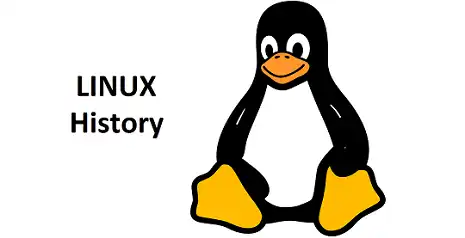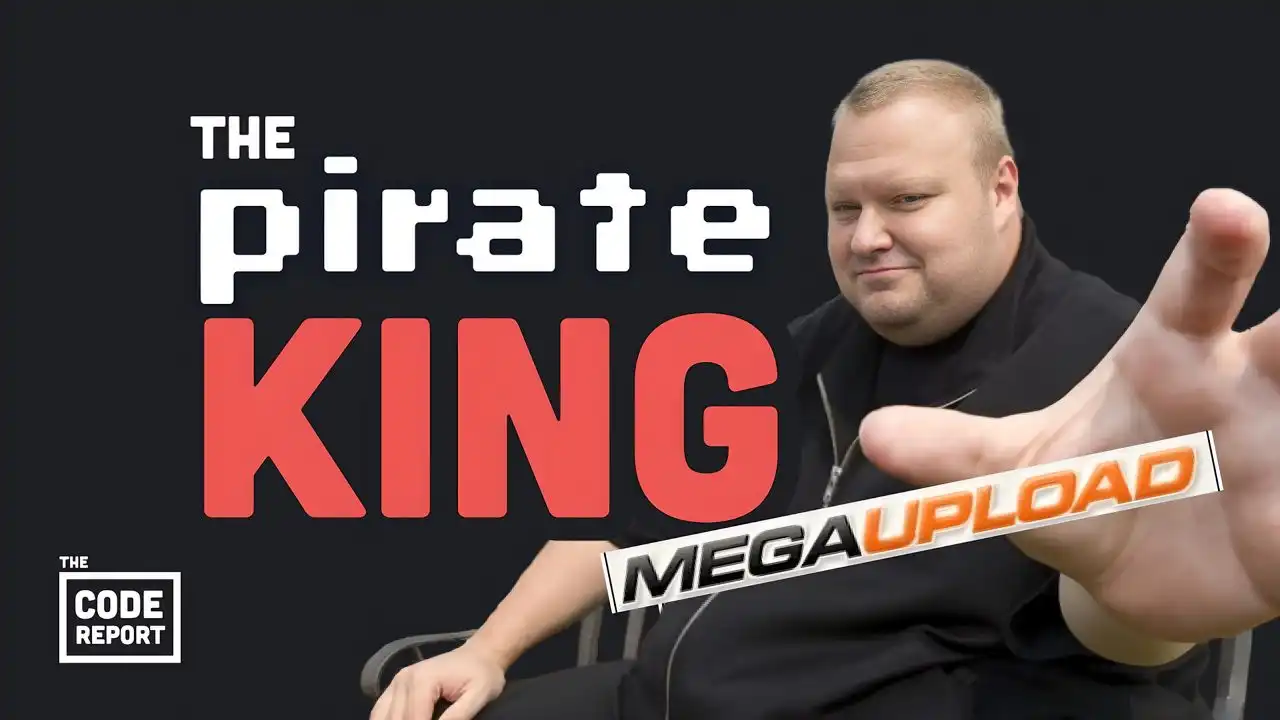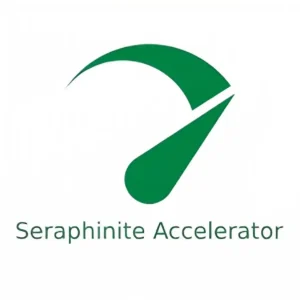The Story Of Linux OS
Linux: The Origin Story
The story of Linux is not just about the creation of an operating system; it’s a tale of innovation, collaboration, and a fundamental shift in the way we approach technology. Linux, now a cornerstone of modern computing, started as a personal project by a Finnish student. Over the years, it evolved into a global phenomenon, powering everything from smartphones to supercomputers. This article delves into the origin story of Linux, tracing its roots, the motivations behind its creation, and its journey to becoming one of the most significant open-source projects in history.
The Birth of Unix: Laying the Foundation
To understand the origin of Linux, we must first explore the creation of Unix. In the late 1960s, at Bell Labs, Ken Thompson, Dennis Ritchie, and their colleagues developed Unix, a multi-user, multitasking operating system. Unix was designed to be simple, portable, and powerful, qualities that made it incredibly influential. Its design philosophy emphasised small, modular programs that could be combined to perform complex tasks, a principle that would later be crucial to Linux’s development.
Unix’s success led to various versions and offshoots, but its source code was proprietary. This meant that, while Unix was highly influential, it was not freely available to the public for modification or redistribution. However, Unix’s design and philosophy would inspire many, including a young computer science student named Linus Torvalds.
Linus Torvalds and the Genesis of Linux
Linus Torvalds was born in Helsinki, Finland, in 1969. By the time he entered university in the late 1980s, he had developed a keen interest in computers and programming. In 1991, while studying at the University of Helsinki, Torvalds began working on a personal project: creating a Unix-like operating system that could run on the Intel 80386 microprocessor, a common CPU in personal computers at the time.
Torvalds was motivated by both curiosity and necessity. He wanted to use the powerful features of Unix on his personal computer, but the existing systems were either too expensive or incompatible with his hardware. Minix, a Unix-like system developed by Andrew Tanenbaum for educational purposes, was the closest option, but it had limitations. Dissatisfied with Minix, Torvalds decided to create his own operating system kernel, which he initially named “Freax.”
In August 1991, Torvalds announced his project in a Usenet newsgroup, comp.os.minix, where he invited others to contribute. He wrote:
“Hello everybody out there using minix – I’m doing a (free) operating system (just a hobby, won’t be big and professional like gnu) for 386(486) AT clones. This has been brewing since April, and is starting to get ready. I’d like any feedback on things people like/dislike in minix, as my OS resembles it somewhat.”
This message marked the beginning of what would become Linux, a name suggested by Ari Lemmke, who managed the FTP server where Torvalds first uploaded his code. Lemmke thought “Freax” was too obscure and instead named the project “Linux,” combining Linus’s name with “Unix.”
The Role of the GNU Project
While Torvalds developed the Linux kernel, another significant movement was already underway: the GNU Project. Founded by Richard Stallman in 1983, the GNU Project aimed to create a free Unix-like operating system. “Free” in this context referred to freedom, not price—freedom to use, study, modify, and distribute the software.
By the early 1990s, the GNU Project had developed many essential components of an operating system, including a text editor (Emacs), a compiler (GCC), and a command shell (Bash). However, they lacked a working kernel. Linux filled this gap perfectly. When combined with the GNU tools and utilities, Linux formed a complete, fully functional operating system. This combination is often referred to as “GNU/Linux.”
The integration of Linux with GNU was a crucial moment in the history of free software. It provided a powerful, stable, and fully open-source operating system that could rival proprietary systems like Microsoft Windows and Unix.
The Open Source Movement
Linux’s development model was fundamentally different from traditional software development. It was open-source, meaning that anyone could view, modify, and distribute the code. This openness fostered a collaborative environment where developers from around the world could contribute. The rise of the internet in the 1990s accelerated this collaboration, allowing developers to share ideas, report bugs, and contribute code across continents.
This model of development became the cornerstone of the Open Source movement. Open-source software is not just about free access to code; it’s about creating software in a transparent, community-driven manner. The Open Source Initiative, founded in 1998, formalised these principles, promoting the benefits of open-source software to a broader audience.
Linux became the poster child of the Open Source movement. Its success demonstrated that high-quality software could be developed collaboratively, without the need for proprietary restrictions. Companies like Red Hat, SUSE, and Canonical built businesses around Linux, offering services, support, and customisation while keeping the core software free and open.
The Growth and Impact of Linux
Throughout the 1990s and 2000s, Linux grew rapidly. It gained popularity among developers, system administrators, and businesses. Its flexibility, security, and cost-effectiveness made it an attractive choice for servers, particularly in web hosting and enterprise environments.
Linux’s versatility allowed it to be adapted for various uses beyond traditional computing. It became the foundation for Android, the operating system that now powers the majority of the world’s smartphones. Linux also found a place in embedded systems, from routers to smart TVs, and even in space exploration, with NASA using Linux-based systems for many of its missions.
Today, Linux is ubiquitous. It runs on everything from the world’s fastest supercomputers to tiny Raspberry Pi devices. Its influence extends beyond its own ecosystem; the principles of open-source development have permeated the broader software industry, leading to the creation of other significant open-source projects like the Apache web server, the MySQL database, and the Kubernetes container orchestration platform.
Conclusion
The origin story of Linux is a testament to the power of collaboration, innovation, and the open-source ethos. What began as a hobby project by a curious student has grown into a global movement, reshaping the landscape of technology. Linux’s success is not just due to its technical merits but also its community-driven development model, which has proven that open collaboration can produce software that is robust, flexible, and enduring.
As we look to the future, Linux’s impact continues to grow. It remains at the heart of technological innovation, driving advances in cloud computing, artificial intelligence, and beyond. The story of Linux is far from over; it’s an ongoing journey that continues to inspire and shape the digital world.













